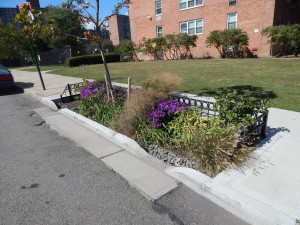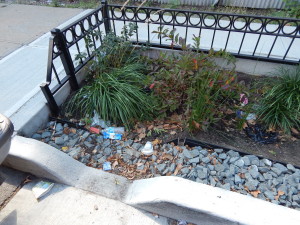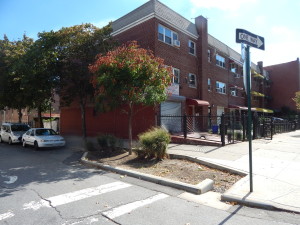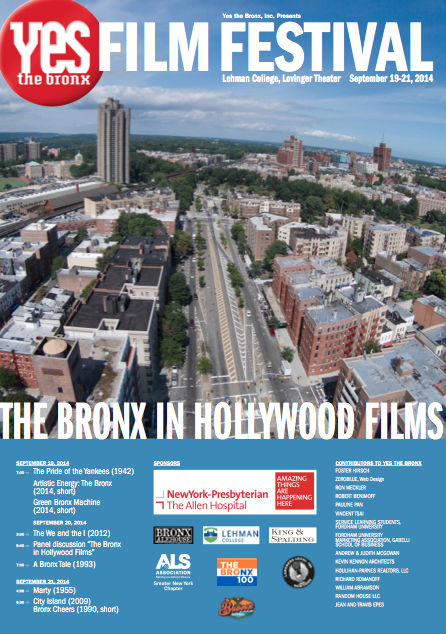
On a Wednesday morning in October, the sound of children playing filled the Kingsbridge Heights Community Center, a non-profit organization in the Bronx. Classrooms were filled with dozens of students while strollers lined the sides of the building. Staff members cooked in the kitchen getting the next meal ready for families that may be struggling to make ends meet.
The building, on Kingsbridge Terrace is 100-years-old and it shows. The roof is falling apart, there are tarps lined across the tops of the building to keep water out and there’s patch work to keep debris from falling.
It needs over $4 million in repairs, but the community center is $2 million short. If it doesn’t find the money in the next six months, it will have to shut its doors and find a different location.
“Moving would have a devastating effect on the community and the staff,” Chief Operating Officer Shania Rodriguez said.
The 10,000-square-foot building houses childcare, after school programs, ESOL classes, case management services for housing and provides a food pantry that serves 400 meals every day.
Chairperson for the parent council, Marlene Hungria, said her daughter has been going to KHCC since she was just three months old.
“To be at that place was like a salvation,” Hungria said. They provided her with training for healthy eating, positive discipline and a blueprint on how to tell if a child is having signs of developmental growth.
Prior to becoming a community center, the building was owned by the New York City Police Department’s 50th precinct. After the NYPD left it was assigned to the Parks and Recreation Department that now leases it to KHCC, according to property records.
In 2014, KHCC got $2 million from the city discretionary awards to build a new facility, according to Rodriguez. But at the time the non-profit was in a bad financial state – it had gone through layoffs and furloughs and a change in administration. Margaret Della, the current CEO was brought on in 2016.
KHCC realized it wasn’t financially able to build a new facility and decided instead to put the funds they were awarded toward a remodel of their current building, according to several staff members.
This started another process- according to a Guidelines sheet for Capital Funding Requests for Not-for-Profit Organizations, if an organization changes the project for another type of work they have to submit a new form for the following fiscal year and start the process over. A capital project can take years, according to NYC Parks.
But by the time the community center got the funds reallocated and approved, the pandemic hit. The project jumped from $2 million to $4.2 million.
“We do not have the funds to meet that drastically increased amount,” Della said.
The entire building’s facade and the upper roof has to be redone, according to Rodriguez, who went to a parks and recreation meeting last month to notify Community Board 8 that the organization needs help reaching out and notifying community leaders regarding the repairs.
The community center wants to be able to focus on the services they provide and not worry about, “literally the roof over our heads,” Della said.
Even though the building is owned by the city of New York, it does not bear the responsibility of fixing it. According to the lease agreement between KHCC and the Parks Department, it states that “Neither Parks nor the Commissioner is obligated to fund any repairs or alterations to the site.”
“I should have never even entertained the idea that KHCC could handle these repairs,” Della said.
If the building can’t be fixed and the center is forced to move, it has to stay in the same zip code because it’s funded by federal dollars – which poses another challenge for the organization.
KHCC has two adjacent properties, one is a little white house with a playground in front. This house hosts the program “changing futures,” which provides free long term therapy to survivors of child sexual abuse, domestic violence, and campus assault. The other building is the Early Childhood Administration building where KHCC works with families who are below the poverty line to be eligible for free childcare.
The property is made up of three buildings all dedicated to KHCC, and if the main building moves community members might not be able to move with it.
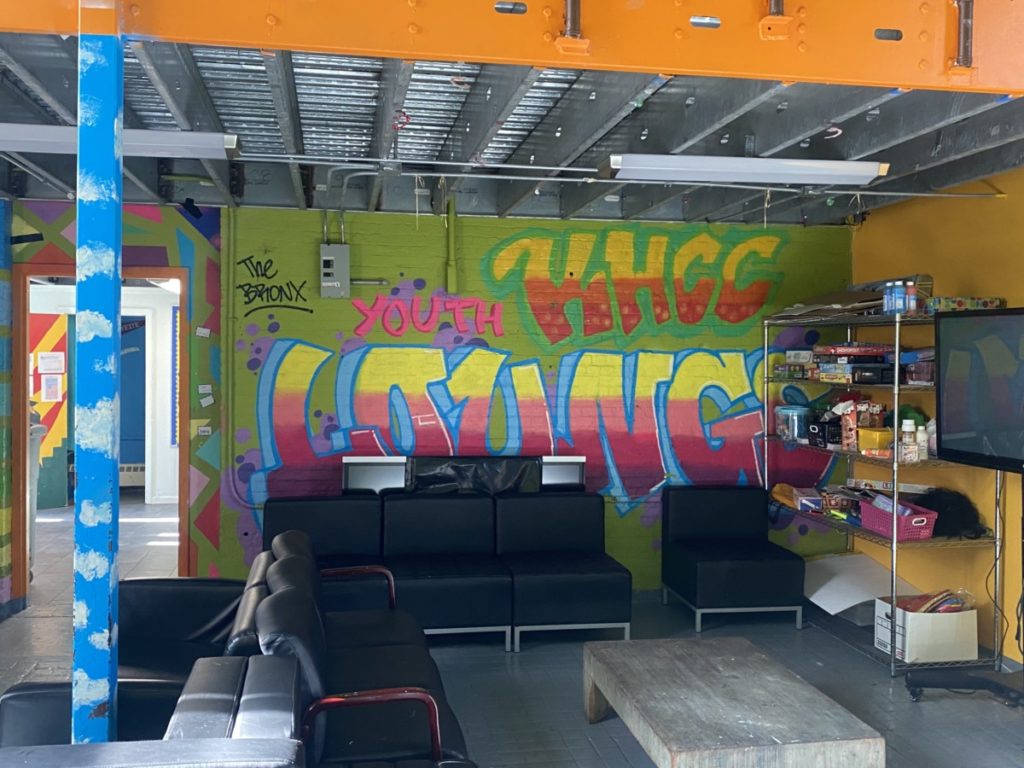
Marisol Rios works in the Early Childhood Administration building and has been with KHCC for 13 years.
“If KHCC has to move it will fall,” Rios said.
She said that many parents came to her after the pandemic and said that without the community center they wouldn’t have survived because of all the services they provide, including free meals.
“It’s kind of central to the city so people don’t have to travel that far, and I think this building is perfect because we have the other buildings next to it,” Hungria said.
The three buildings all work together to form one support system for the entire community.
“Between the Early Childhood building, the little white house and the big building, they’re all connected pieces,” Della said.
KHCC has had to patch walls and put up tarps throughout the building, to keep it safe, but that’s the extent of what they can afford to repair. So far they’ve paid for the damages out of their own operating budget that is supposed to be covering salaries and investing in programs.
“The Kingsbridge Heights Community Center is a valued community space for free and low-cost youth and adult programming in the Bronx, and we are working with them to help facilitate needed repairs to the building and its façade,” the Parks Department said in an email.
Rodriguez said that in order to get the money quickly the community center would have to fundraise the extra two million dollars it needs, but according to their financial statement from FY21 only three percent of their income comes from fundraising.
“The cost to be safe is going to continue to go up,” Della said.




